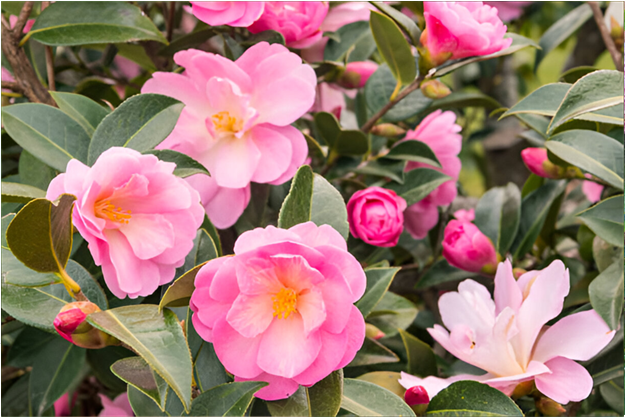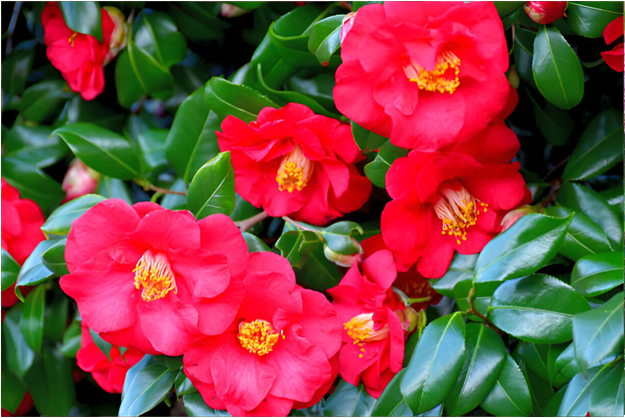Camellia bushes are popular because of their hard green foliage and gorgeous blossoms which highlight gardens in the cooler months. Generally, the bush is robust, but occasionally vex gardeners with such problems as yellowing foliage, inadequate floral performance, or insect infestations. The point is to know what causes these challenges and how to address them without overcomplicating the process.
In order to find the right plants, many gardeners in New Zealand reach the Plant Company which is an NZ-based online service where you may find a tree or plant you need at a good price. Together with the expert advice and a variety of Camellia choices, makes it easier to create a thriving pure green garden spaces where these shrubs truly shine.
Yellowing Leaves
A major concern for many is when Camellia leaves go yellow. This is usually associated with poor drainage, or alkaline soil. They are moderate to vigorously growing plant, preferring slightly acidic and free-draining soils. To correct this, ensure that your plant is not under waterlogged conditions and apply compost or mulch to enhance soil. In case it is soil pH, it can easily be amended by spraying acid-fertilizing plant food.
Lack of Flowers
It is annoying when the shrub has healthy foliage but no blossom. It can be due to several reasons like pruning at the wrong time or the shrub getting poor sunlight. Camellias require morning sun and afternoon breeze, but too much of shade can influence flower blooming. Never prune heavily in late summer, when already the following season’s buds are being formed. You can also use a slow-release fertilizer that supports flowering plants for better blooms.
Bud Drop
On certain occasions, there is a development of flower buds only to drop off before opening. This happens usually due to a prevailing stress, inconsistent watering, sudden temperatures and nutrient deficiencies. Minimum bud loss can be achieved by maintaining the soil moisture regularly (avoid saturated soil), mulch to maintain uniform soil temperature and feed the plant in growing season.
Pests and Diseases
Camellias are tolerant plants although sometimes they may become infested with scale insect or develop sooty mould. Black, sticky residues (often on leaves) are normally an indication of sap-sucking insects. The solution to this problem is a horticultural oil spray which is effective and safe. Petal disease can occasionally be a problem with petals turning brown and falling off prematurely. Prevention is the ideal remedy like clean up dropped petals and avoid overhead watering, which may disseminate fungal spores.
Protecting Roots
Recent studies indicate that Camellia has shallow fibrous roots which may be sensitive to competition. With its roots too near to big trees, or in unsuitable soil, it struggles. An organic mulch covering does not only help to make roots cool and wet but it also impedes the development of weeds. Simply ensure that the mulch is not directly at the root of the plant as it may cause rotting.
Final Thoughts
Looking after Camellias need is not difficult. Most of the problems can be avoided or remedied easily with correct soil, regular feeding, and some attention to the light and water regime. When you learn to identify stress symptoms and resolve it before they can become serious, your plant will pay you off every year with shiny leaves and vibrant flowers.






